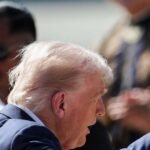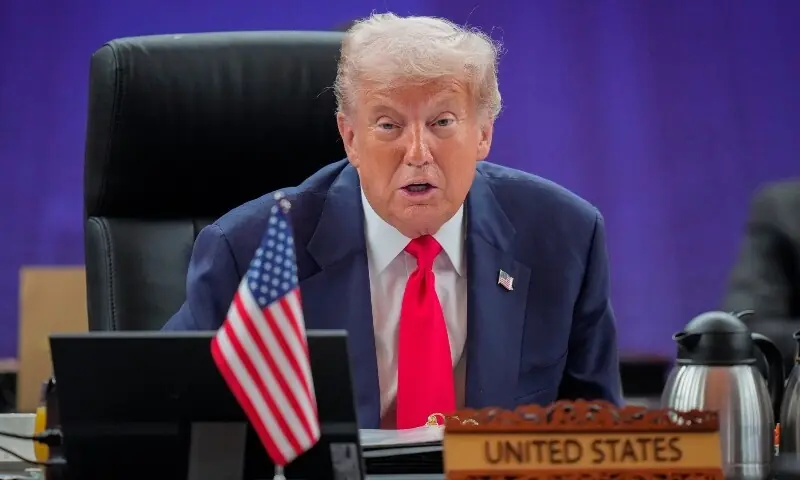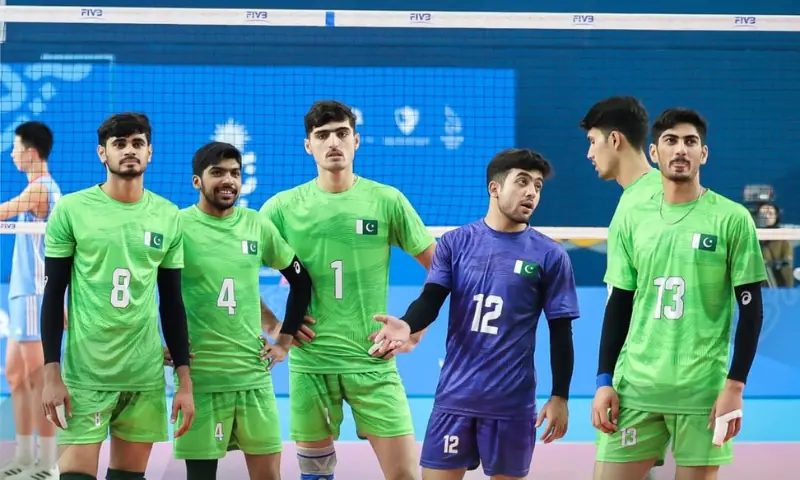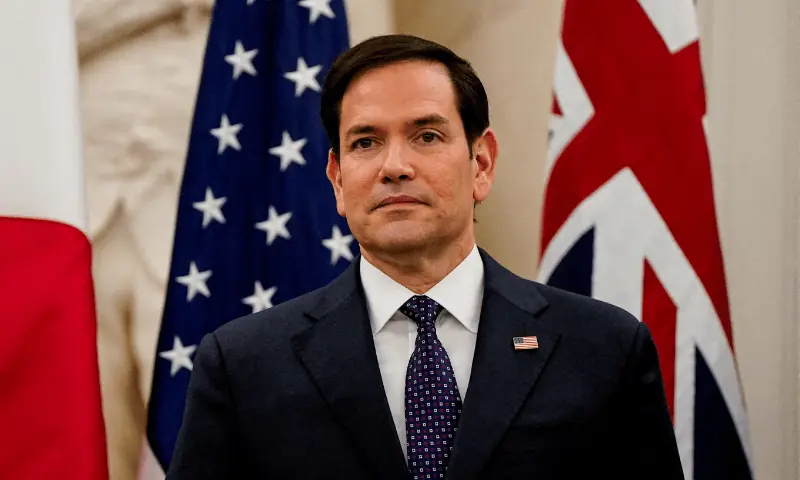Conventional politics coverage in Pakistan tends to focus on personality clashes and the daily events that fill our news channels. This is expected given the pressures that a 24/7 news cycle entails, full of 10 different rupture stories per day. However, what is lacking is a good materialistic analysis, that is, an analysis that makes an evaluation of the deepest trends that shape politics. In other words, personality clashes and egos in which we focus are simply developing in a land formed by broader social and economic transformations.
Mainly, there are three of those transformations that are currently at stake in Pakistan. Demographic change, economic stagnation and technological interruption. Each of these three has impacted the political sphere through a different variety of influence vectors.
Let’s start with demography. The 2023 census registered a population of 241.49 million, which grew by 2.55 percent per year. The fertility rate has decreased from 4.88 to 3.41 births per woman, remains considerably higher than Indian and Bangladesh regional neighbors. As a result, the country houses a predominantly young population, with almost two thirds of less than 30 years and 30 percent between 15 and 29. More revealingly, the youth population grew to 2.7 percent per year, slightly faster than the national growth rate.
This youth bulk is frequently talked about, but its scale and its possible impact remain little analyzed.
This youth bulk is frequently talked about, but its scale and its possible impact remain little analyzed. A direct result that we see is the increase in the population of working age: approximately 1.3 million young Pakistani enter the labor market every year.
In addition, this working -age population is now increasingly educated. Educational achievement generally shows substantial progress. The 2023 census indicates that the 20-29 age group has a degree level of almost 14 percent, more than double the national average of adults. From a considerable note is that the higher education rates of women now exceed men in two percentage points, which suggests significant changes in educational access and gender dynamics.
Political participation among young people has also been transformed. Given the general demographic form of the country, young voters now constitute almost 50 percent of the total electorate. While young people from 18 to 29 years old voted historically at lower rates, the 2024 elections saw a dramatic change. In 2013, only 26pc of this age group voted, compared to 55PC of all adults. By 2024, the participation of youth voters increased to 48pc, coinciding with the general electorate participation rate.
Then, the first piece of the puzzle is a young (and electorate) population, with increasing rates of educational credentials that enter the workforce. What do you face?
They enter the adulthood that faces an economy with immense structural vulnerabilities. Between 2012 and 2024, the country experienced a growth with an average of 3.8 percent, which is significantly lower than regional economies such as India and Bangladesh.
The year 2023 represents the union of multiple economic pressures, which demonstrates the broken nature of the economic base: record inflation that reaches almost 38 % of the exhausted currency reserves that bring the country closer to the breach, exacerbated by the economic consequences of catastrophic floods in 2022.
The economic management of this crisis involved implementing import restrictions and raising the discount rate of the Central Bank to avoid a payment balance crisis. As a result, economic growth stagnated, reaching only 2.3pc in 2024. Although the sovereign breach was avoided through an IMF program and inflation has decreased this year, fundamental economic weaknesses were maintained.
This economic condition is the creation of a political economy that operates in rentals and bad allocation of resources, under the influence of interest groups that can exert considerable influence through political mechanisms such as amnesty, subsidized energy schemes and import controls. Consequently, Pakistan’s ability to compete in export markets and generate currencies remains limited, and paying balance crises remain around the corner.
However, as an economist colleague said, the economy continues to work reasonably well for some (at the expense of the rest). The elites mentioned above in the protected industries and sectors continue to kill. In the same way, the economic footprint of the security establishment seems to have increased. The last effort for the appropriate desert land in Cholistan and redirect water through new channels serves as an example.
Therefore, a young population and a structurally compromised economy are the characteristics one and two. The third and final characteristic is the emergence of an ‘online and tuned citizenship’.
In the 2023 census, 71 % of all homes (90pc in urban areas) reported having received information through television, while 96pc of all homes reported that they used their mobile phones to access the information. The corresponding figures for printing and radio were 7pc and 6pc respectively, indicating a strong decrease since the early 2000s.
This massive transformation in how information is accessed has taken place with the general increase in mobile connectivity in the country. According to the Telecommunications Authority of Pakistan, there are currently around 200 meters of cell phone connections, of which just over 66pc use mobile broadband, largely in urban areas.
Pertinently for those who think of “digital terrorism”, the use of social networks is expanding at a considerable rate, according to a survey conducted at the end of 2021/ early 2022, 51PC of respondents consumed at least one form of social networks (WhatsApp, Twitter, YouTube, Tiktok or Facebook). As these figures are three years earlier, the number is expected to increase exponentially in the same period.
Given the three documented characteristics here, it is a mystery how anyone can think that status quo modes of politics (through sponsorship), maintain control (through censorship) and exercise power (through the centralized executive authority) can provide sustained stability. When taking this broader vision, it is clear that political instability is not the result of the confrontations or dislikes of the ego. Rather, it is the result of a yawning division between how the State operates and what the society that tries to control really expects.
The writer teaches sociology in Lums.
X: @umairjav
Posted in Dawn, March 31, 2025








